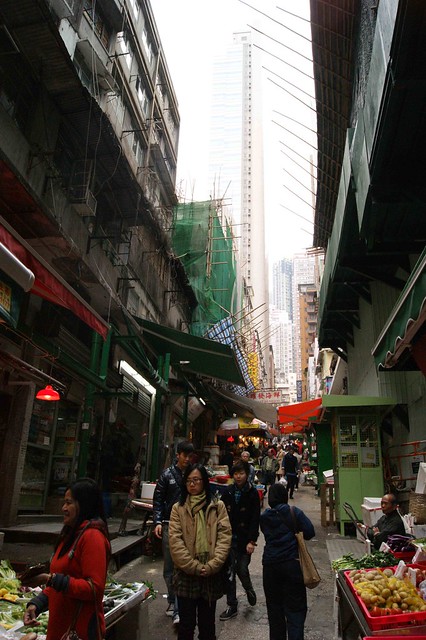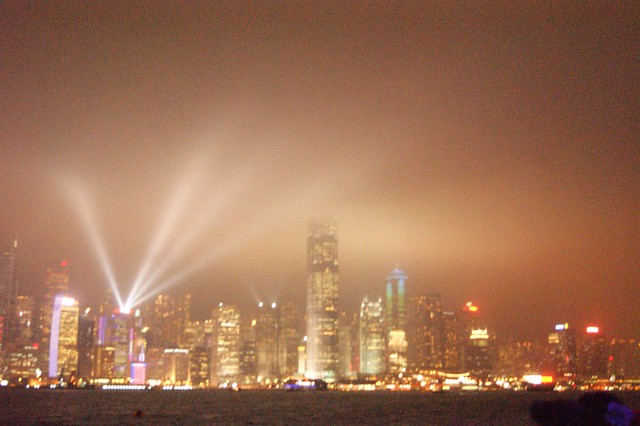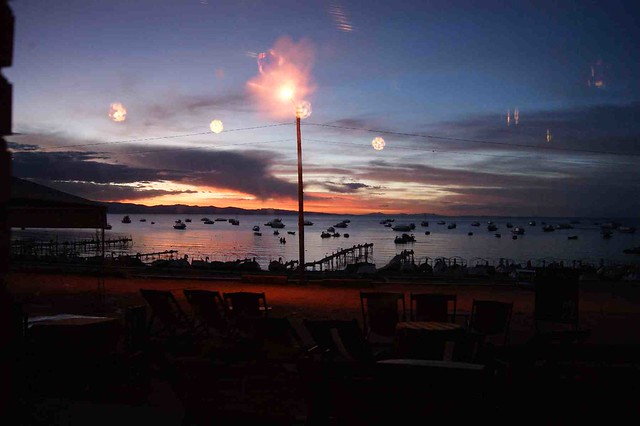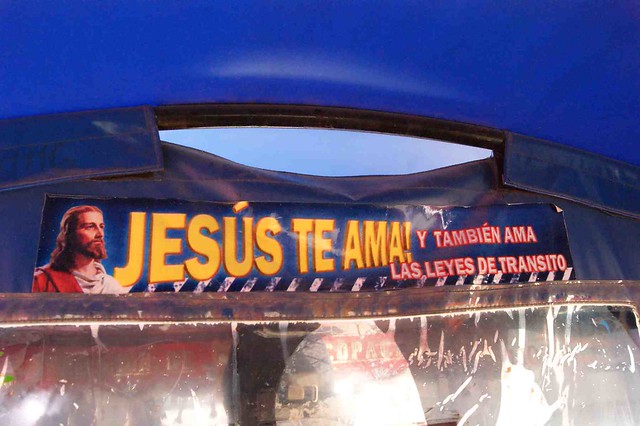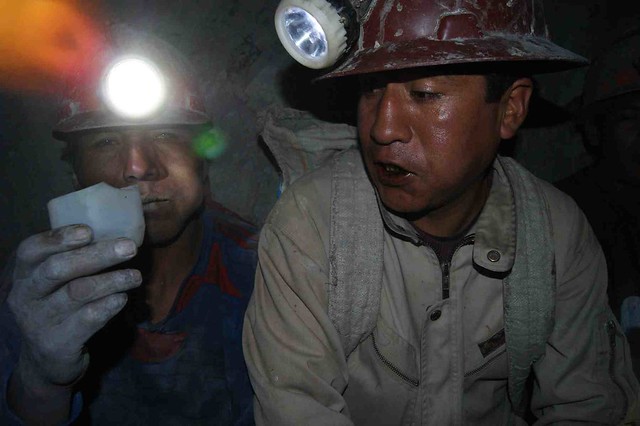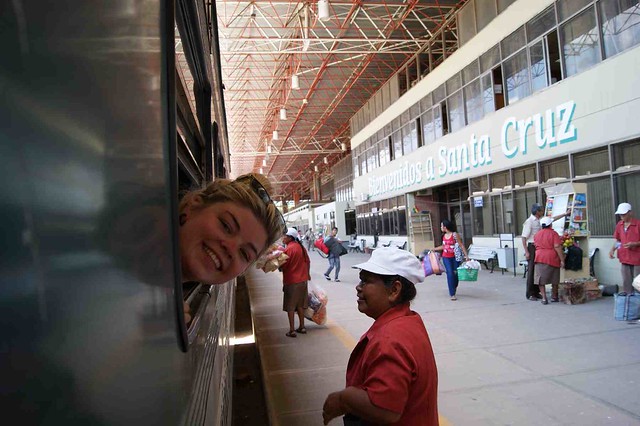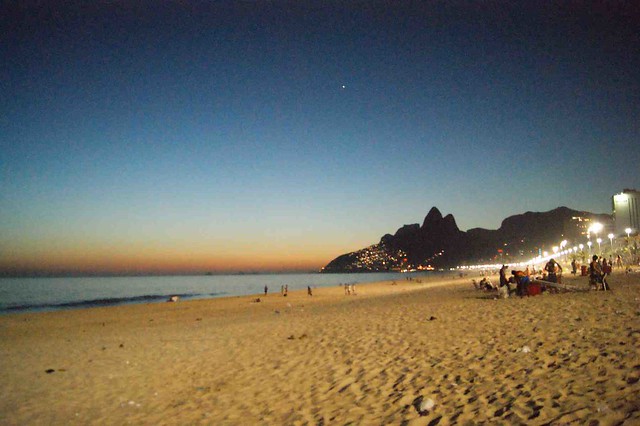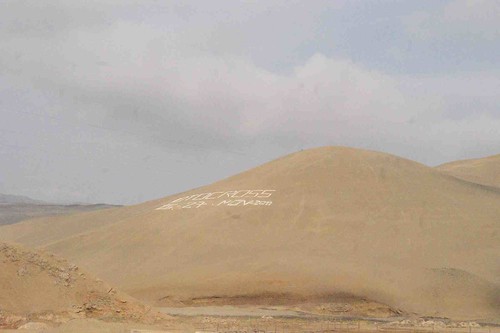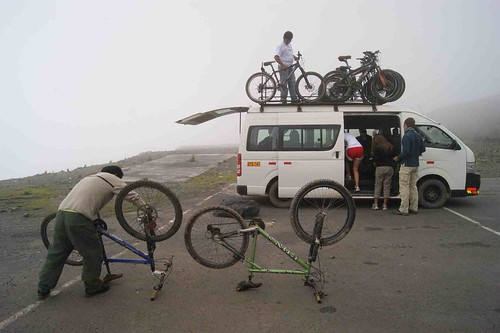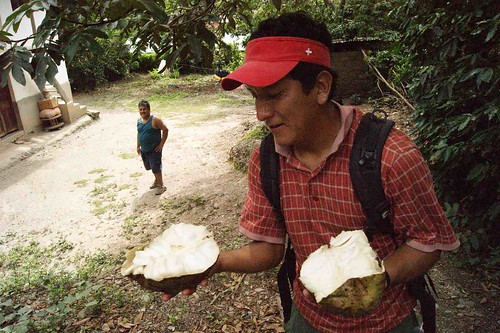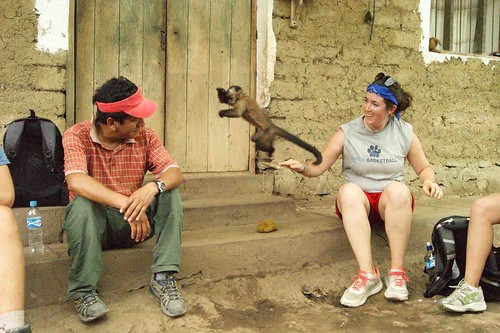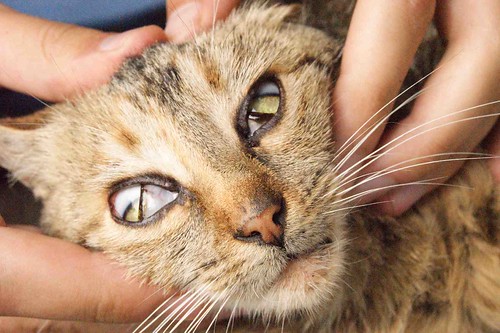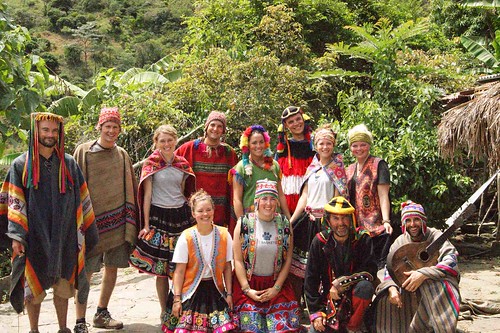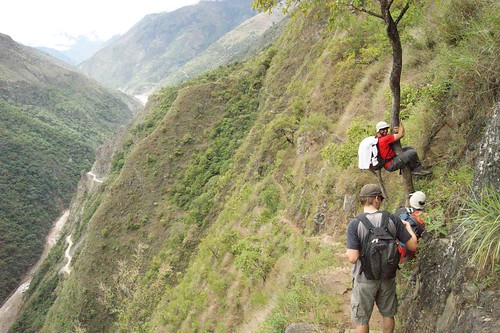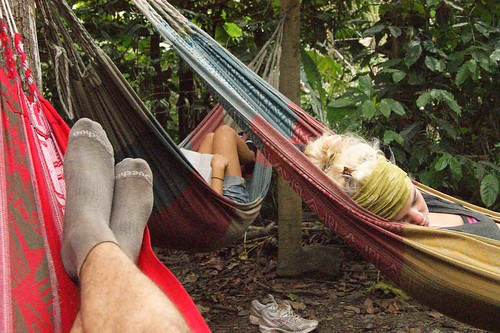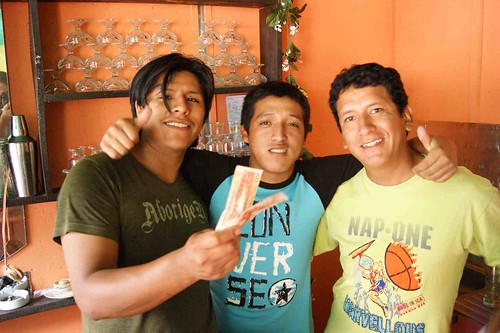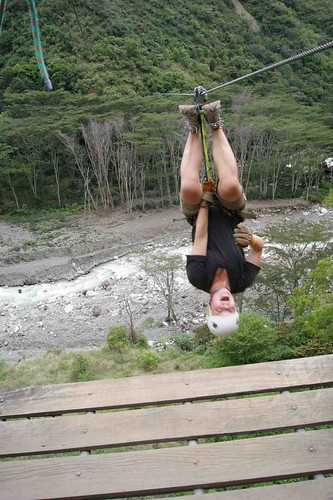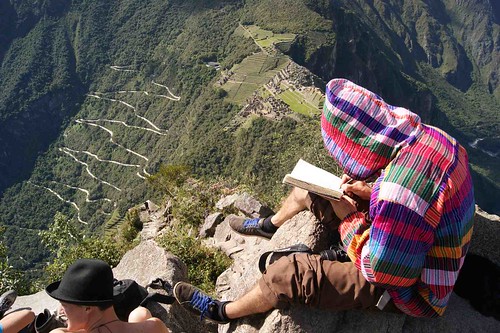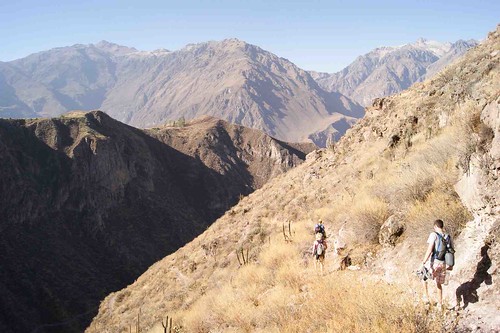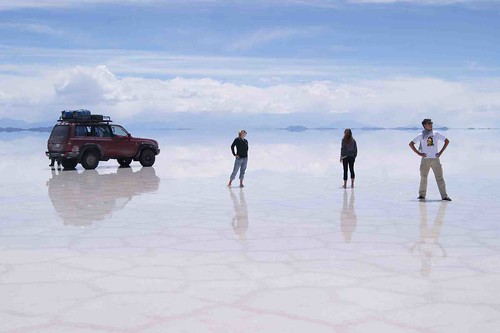Finally a post about religion!
As you may not know, I'm really into this topic and I get involved in many conversations with whoever was patient enough to talk to me. Then, you are thinking, why a post on religions only now?
Well, mainly because Latin America is catholic and apart from some flying Jesus and weird habit I had nothing to talk to. I could have gone through some Incas beliefs, but aside the Pachamama's followers deep inside of the mines of Bolivia, I had nothing to offer.
What changed then?
This:
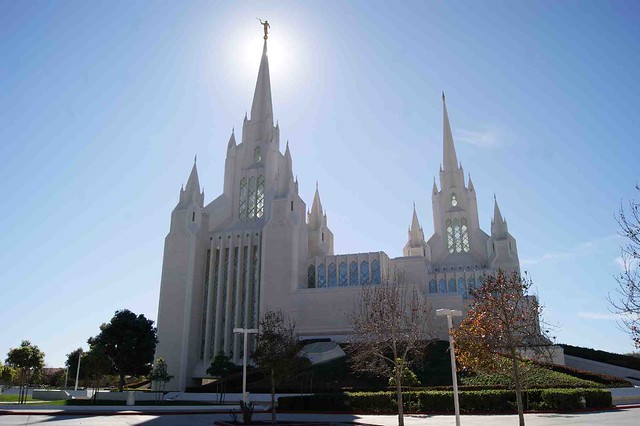 |
| Mormon's temple in San Diego |
You can't really miss that, and while walking around we talked to the security guide who give us few information about this temple. What he gave us though was enough to pick my curiosity and when we were back in Los Angeles, we headed straight to a visitors' center next to another temple to get a better view of this religion.
But first things first, let's describe a bit my personal view of those matters before going into what I understood of the Church of Jesus Christ Of Later Day Saints.
I would call myself an agnostic for having some faith over things I cannot explain. Some people would probably see me as an Atheist through my logic and way to think, I guess. That is, of course, before they would ask me (which happen rather rarely actually).
I'm extremely curious about religion and try to not offend anybody with my stupid questions, even though it would be inevitable at times.
I started to read the Bible from the very beginning, thanks to a young French catholic who gave me his very own Bible in Costa Rica. I'm not through just yet, it's rather hard to read, and I even need to read pieces of the New Testament to get a bit of a breather from the Old Testament. Surprisingly enough, most of the believers I met never really read the book, and clinched more on an interpretation of their Churches than an their own perception of the scriptures.
During my time in Latin America, I had the chance to talk a lot about faith and religion, first with my cousin, born and raised in a catholic environment (as opposed to me, being born and raised in an atheist one), and secondly with an American protestant girl I met on the Inca trail who was nice enough to let me torture her with wicked questions.
All of that bring me in front of two Mormons, rather young I thought, who welcomed us to answer some questions and to give us the book of Mormon that I intend to read (one day).
I don't know if it was all of those talks about religion I had during the last months or only the travel experience gained through those 8 months out of Europe, but I felt ready to go talk to Mormons inside of their own place.
Trying to have an honest look at this organisation, it was hard to not notice the wealth of it. Giant temples and luxurious inside gave me the first impression of a really powerful institution.
One of the first topic that was raised was the main differences between their religion and the others. The straight answer was: "Ours is the real one". I wasn't so much surprised by that, but the insistence of it proved it was something really important: having a second witness other than Jesus scriptures give them proof that their religion was the real one.
Their proofs are compile in the Book of Mormon, written by Joseph Smith, one of their main prophets. Roughly, they believe Joseph Smith received from Moroni, the son of Mormon, the gold tablets written by Mormon. Joseph Smith went to translate those tablets, making a book, being the most important book of the present Mormon religion.
Having not yet read the book, I'm in no position to make statements just yet.
The second topic raised was the living prophet guiding the church right now.
How do they choose their Prophet?
Isn't it a problem into choosing a Prophet?
Why isn't some young Prophets?
Apparently. you have to work your way to be a Prophet and the apostles (yes they also have living apostles) will, through God guidance, point to the new Prophet (usually among themselves).
We had a bit of a talk about it, and none of their answer really satisfied me as I would see a Prophet had to "work" to be one, as I would think a living Prophet of 15 years old would be as important as on of 80 years old, and finally, I don't see why, all of a sudden, an apostle would transform himself into a Prophet because the former one passed away.
We didn't had much time left, and only another topic was discussed before the end: The temple purity.
Apparently, a non-Mormon is not allowed inside of the temple (where is performed baptism, wedding and other kind of sacred activities) because it's to pure and sacred to let an impure soul soil it.
I still have some difficulty with that, with this religion or this others. I can't really get to the idea that without the faith into one religion, someone can not be pure in any way. From a christian point of view (the theoretical one), to not have a baptism would mean a way straight to hell. To not have faith, in many religion, would result in the same conclusion. How a God would be so possessive? Can't somebody be good and pure not believing in God?
Well, I'll probably write more on the topic when I'll know more. I hope it will incite you to get interested in this topic that I find fascinating (a growing religion which is so rich and powerful already!).
Let's not forget that the new president of the USA might be Mormon...
